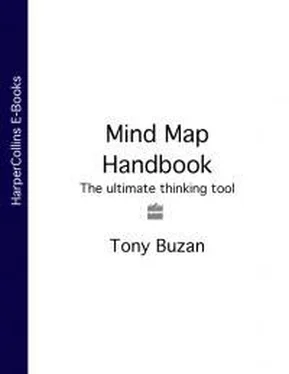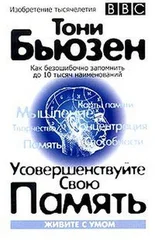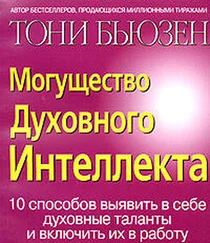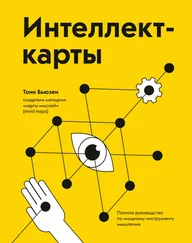(d) Speaking badly about others
MAGNIFICENCE (mag- níff -isense)
(a) Putting boundaries on magnets
(b) Greatness; grandeur
(c) Aristocratic
(d) Gross
MAGNUM OPUS ( mág -num o-pus)
(a) Large bottle of Champagne
(b) Big business man
(c) Gigantic building
(d) Great literary or artistic work
MAGNUM ( mág -num)
(a) A boss
(b) A large building
(c) A wine bottle twice the standard size
(d) A king
2.6
Body Talk – Body Language and How To Improve It
Let your own discretion be your tutor: suit the action to the word, the word to the action.’
William Shakespeare, Hamlet
‘He who knows that power is unborn … and so perceiving, throws himself unhesitatingly on his thought, instantly rights himself, stands in the erect position, commands his limbs, works miracles.’
Ralph Waldo Emerson
Your body is a major part of your Verbal Intelligence!
This statement might have seemed ridiculous even a few years ago. Now, however, with our knowledge of our multiple intelligences and how they each integrate with each other, we have come to realize that we have disconnected our Verbal Intelligence from our bodies, to our own great disadvantage.
We will now reconnect them!
The major part of your Verbal Intelligence, the part that is spoken, has your body as its main constituent.
When you express your Verbal Intelligence with spoken words, there is not one, but three parts to the expression of this intelligence:
Your words and their content
Your voice and its strength and tone
Your body and its language
The perfect expression of Verbal Intelligence takes place when all three of these elements are working in perfect harmony, and are completely congruent.
When they are not congruent, Verbal Intelligence is literally dis-integrated and weak.
The Sound of Silence
Albert Mehrabian, in his work Silent Messages , revealed a fascinating study on the relationship between the three elements of spoken Verbal Intelligence.
Mehrabian discovered that, especially when there was incongruity in the message , those receiving it gave the following emphasis to each element in terms of their judgement whether the message was true or not:
Words and content
7%
Voice tone and energy
38%
Body and its language
55%
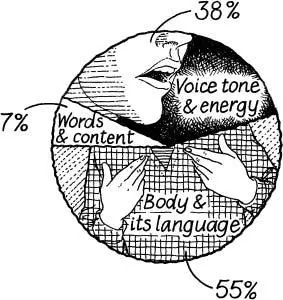
Why was it that Mehrabian achieved this incredible result?
Because people receiving your Verbal Intelligence know that your body will show what your imagination is picturing, and what your true feelings are. In the same way, your tone of voice will also reveal what you are really imagining and feeling.
It is quite possible for you to recite words without meaning them. It is much more difficult to falsify the language with your body and the tone and energy of your voice.
True Verbal Intelligence, in its spoken manifestation, is where the imagination fires the body and voice so that these two magnificent instruments add meaning, weight and body to the skeleton of the isolated words. In this situation it is impossible to divide them into percentages, for they become One whole.
Case Study – I’ve Got to Hand It to You!
Why is it that no matter where you go in the world, and no matter what the nationality, language, sex or age of the speaker, all humans speak with their hands? Jana Iverson, of Indiana University in Bloomington, and Susan Goldin-Meadow at the University of Chicago, decided to find out why it is that we wave our hands about so much when we talk to each other.
One possible explanation is that all our gestures come from mimicking our parents and people around us as we grow up. Iverson and Goldin-Meadow put this to the test with an ingenious experiment. They took 12 young people aged between 8 and 18, half of whom were blind from birth. They were all asked to perform a simple task: to pour water from a tall, slim glass into a short, flat dish. When they had completed the task, they were asked to comment, in detail, on whether or not the amount of water had changed during the pouring procedure. The answers the young people gave were all videoed.
Although everyone agreed that the quantity of water had not changed, something extremely interesting emerged from observing the taped answers. When the sighted pourers put their descriptions and reasoning into words, they all used gestures such as curving their hands into a ‘C’ shape to represent grasping the cup, and varying the distance between their hands in order to describe the shapes of the containers.
Amazingly, and to everyone’s surprise, the blind people used the same gestures just as often, and in precisely the same way!
This suggested that mimicking was not the sole source of hand movements. The hunt was now on for the real reason, and the next possibility was that we use gestures as an audio-visual aid, in order to give our audience more information and to lend emphasis to our spoken words. To check this theory, the two researchers devised another ingenious experiment on the same lines.
They asked four different blind people to perform exactly the same pouring experiment and to answer the same question. However, this time the person posing the question was blind as well, and the blind pourer knew this.
To everybody’s amazement, the videos showed all four blind people continued to gesture in the same way, even though they were fully aware that their gesturing could in no way help convey their messages to their blind listeners.
This suggested a third hypothesis for why we use our hands, which the two researchers set about investigating. This time they asked people to look at a cartoon, and then to describe it while being videoed. One group was asked to describe it with their hands free, the other group while they were sitting on their hands. The results of this experiment showed that when the subjects were later asked to describe the cartoon again, their memories were far clearer if they gesticulated during their original description. What this suggests is that ‘waving our hands about’ when we speak is a method both of communicating to our listeners and of communicating with ourselves!
When you gesture, your body is actually helping your brain to sculpt the words, to clarify the meaning and the message, and to help people think and remember.
Your body is an amazing instrument for expressing your Verbal Intelligence. The eyes, mouth and facial muscles provide infinite combinations of added meanings to your words.
Similarly your torso and its limbs add another gigantic range of additional possibilities for adding bulk to your words.
Finally, your hands, the instruments of genius, allow you to paint infinite pictures and sculpt infinite structures in support of your words.
Case Study – Brain and Body in Sync
Dr Elizabeth Bates, a cognitive scientist from the University of California at San Diego, has found that many imaging studies of the human brain show an overlap between language centres, movement and physical control centres, and other brain regions. She says: ‘It makes sense that we find more and more examples of how [these different brain regions] travel together.’
Your Voice
Your voice emanates from the most amazing and musical instrument ever conceived. A billion-faceted masterpiece which is capable of speaking myriad languages, mimicking any accent, singing wonderful and varied songs, and varying its tone, pitch, energy and projection with incredible finesse.
Читать дальше
